Home>diy>Building & Construction>What Is The Best Material To Use If Building A House Near A Volcano
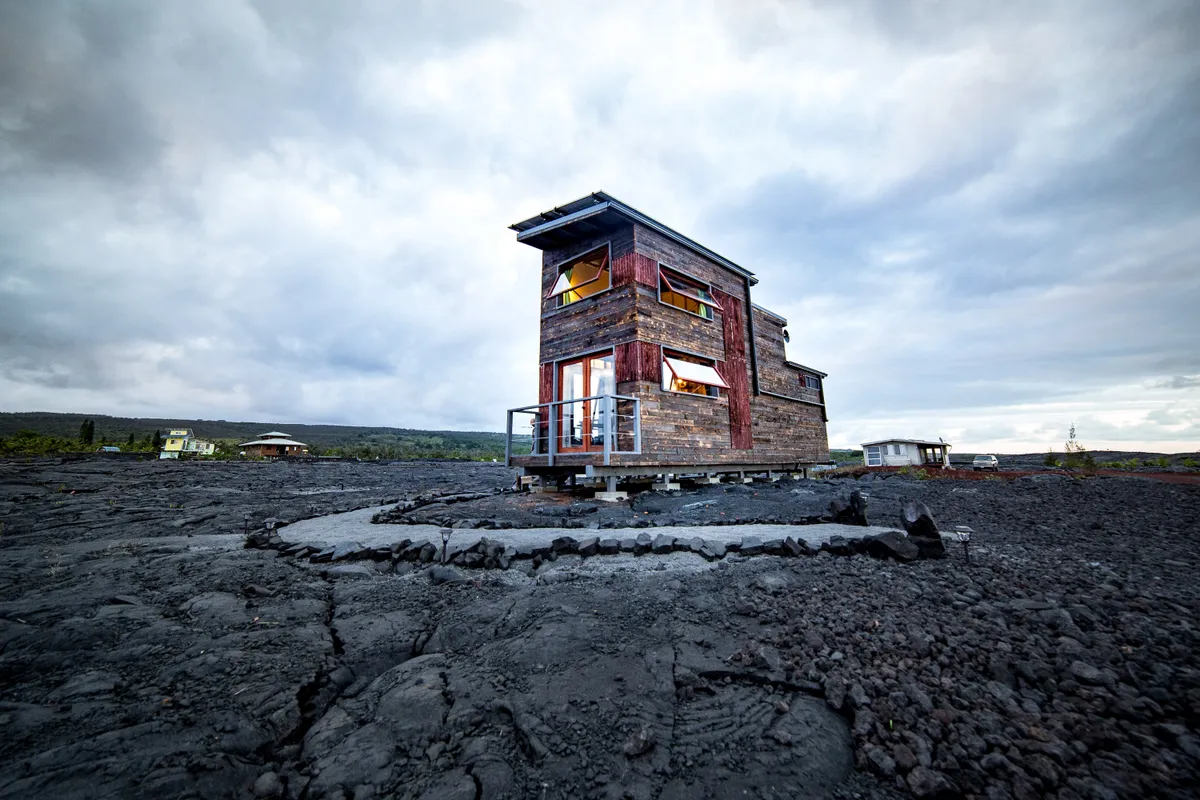

Building & Construction
What Is The Best Material To Use If Building A House Near A Volcano
Modified: January 19, 2024
Discover the best building construction material to use when building a house near a volcano for optimal safety and durability. Explore our expert recommendations now!
(Many of the links in this article redirect to a specific reviewed product. Your purchase of these products through affiliate links helps to generate commission for Storables.com, at no extra cost. Learn more)
Introduction
Building a house near a volcano can be both exciting and daunting. On one hand, the proximity to such a natural wonder can offer breathtaking views and a unique living experience. On the other hand, living near a volcano poses various risks and challenges that need to be carefully considered.
When it comes to building near a volcano, one of the most crucial factors to take into account is the choice of materials. The right materials can make a significant difference in ensuring the safety and durability of a house in such a volatile environment.
In this article, we will discuss the various factors to consider when building near a volcano. We will also explore the materials to avoid as well as the best materials to use when constructing a house in close proximity to an active or dormant volcano. Additionally, we will delve into some case studies of houses built near volcanoes to provide practical insights and inspiration for those considering such a venture.
So, if you are planning to build your dream home near a volcano, sit back, relax, and let’s explore the world of construction near volcanic environments.
Key Takeaways:
- When building near a volcano, prioritize safety by avoiding materials like wood and glass, and opt for resilient options such as reinforced concrete, steel, and fire-resistant roofing materials to withstand volcanic hazards.
- Real-life case studies like the Volcano House in Hawaii and Villa Bosca in Italy showcase the effective use of locally sourced volcanic rock and reinforced concrete, providing valuable inspiration for building near volcanoes.
Read more: How To Build A Drainage System Near A House
Factors to Consider When Building Near a Volcano
Building a house near a volcano requires careful consideration of various factors to ensure the safety and longevity of the structure. Here are some key factors to keep in mind:
- Volcanic Activity: Understanding the history and current state of volcanic activity in the area is essential. This includes studying the frequency of eruptions, the size and types of eruptions, and the potential hazards associated with the specific volcano.
- Lava Flow Paths: Identifying the potential paths of lava flow is crucial in determining the safest and most suitable locations for construction. This can be done by analyzing past lava flow patterns and consulting with geological experts.
- Gas Emissions: Volcanic eruptions often release harmful gases such as sulfur dioxide and hydrogen sulfide. These gases can pose health risks and can corrode certain building materials. It is important to consider the prevailing wind patterns and the potential impact of gas emissions on the chosen construction site.
- Ashfall: Volcanic eruptions can result in the deposition of ash and other volcanic debris. The weight and corrosive nature of ash can damage structures over time. Understanding the frequency and intensity of ashfall in the area is critical in selecting appropriate materials and designing structures that can withstand its effects.
- Ground Stability: Building near a volcano often means dealing with uneven ground and potentially unstable soil conditions. Conducting thorough soil testing and geotechnical assessments can help determine the stability of the ground and inform the foundation design.
- Evacuation Routes: Having well-defined evacuation routes and emergency plans is vital in case of a volcanic eruption. Considerations should be given to the accessibility and reliability of evacuation routes, as well as the distance from the construction site to safe zones.
- Infrastructure and Utilities: Ensure that the necessary infrastructure and utilities, such as roads, water supply, and electricity, are adequately established and can withstand potential volcanic hazards.
- Community Support: Engage with the local community and authorities to gain insights and support for your construction project. Collaborating with experts and residents who are familiar with living near a volcano can provide valuable knowledge and guidance.
By carefully considering these factors, you can make informed decisions and take appropriate measures to mitigate the risks associated with building near a volcano. Remember, safety should always be the top priority when choosing to reside in such dynamic and awe-inspiring environments.
Materials to Avoid When Building Near a Volcano
When constructing a house near a volcano, it is crucial to avoid certain materials that are susceptible to damage or deterioration caused by volcanic activity. Here are some materials to steer clear of:
- Wood: Wood is highly flammable and vulnerable to fire, especially during a volcanic eruption when hot lava and ash can come into contact with structures. Therefore, it is advisable to minimize the use of wood as a primary construction material.
- Unreinforced Masonry: Unreinforced masonry, such as brick or stone without proper reinforcement, is prone to crumbling and collapse due to the seismic activity associated with volcanoes. These materials lack the flexibility and strength needed to withstand the ground shaking or volcanic tremors, putting the structure at risk.
- Low-Quality Concrete: Poorly mixed or low-quality concrete may not have the strength to endure the intense heat and pressure from volcanic activity. It is crucial to use high-quality, properly reinforced concrete to ensure structural integrity.
- Non-Fire Resistant Roofing Materials: Volcanic eruptions can cause fiery projectiles, such as burning rocks or molten lava, to rain down on structures. Using non-fire resistant roofing materials, like thatch or wood shingles, can lead to the rapid spread of fires. It is important to opt for fire-resistant roofing materials, such as metal or concrete tiles, to mitigate this risk.
- Glass: While glass can provide stunning views, it is not an ideal material near a volcano. High temperatures during an eruption can cause glass to crack or shatter, posing a significant risk to the occupants of the house. Consider using reinforced glass or other materials that offer both visibility and durability.
- Vulnerable Insulation: Insulation materials that are sensitive to heat, moisture, or chemicals should be avoided. Volcanic eruptions often release corrosive gases and cause drastic temperature changes, which can compromise the effectiveness of insulation and lead to the deterioration of the building envelope.
- Thin and Lightweight Roofing: Thin or lightweight roofing materials, such as aluminum or plastic sheets, may not be strong enough to withstand the impact of falling debris or volcanic projectiles. It is recommended to choose durable and impact-resistant roofing materials, such as metal or concrete.
- Organic Materials: Using organic materials like thatch, bamboo, or untreated wood can attract insects, pests, and fungi that could compromise the structural integrity of the house. Opt for treated or synthetic alternatives that are resistant to decay and pests.
By avoiding these materials and opting for more resilient alternatives, you can increase the likelihood of your house withstanding the challenges posed by volcanic activity. Building a volcano-resistant structure requires a thoughtful selection of materials that prioritize safety, durability, and longevity.
Consider using volcanic rock or concrete made with volcanic ash as building materials. These are durable and can withstand high temperatures and potential volcanic activity. Additionally, consider consulting with local experts for specific recommendations.
Best Materials to Use When Building Near a Volcano
When constructing a house near a volcano, it is crucial to choose materials that have the ability to withstand the unique challenges posed by volcanic activity. Here are some of the best materials to consider:
- Reinforced Concrete: Reinforced concrete is a durable and widely used material that offers excellent resistance to heat, fire, and seismic activity. By incorporating steel reinforcement, concrete becomes stronger, providing better protection against the impact of volcanic eruptions, earthquakes, and ground movement.
- Steel: Steel is a versatile and robust material that can withstand high temperatures and has exceptional strength. Structural elements such as beams, columns, and framing made from steel can help ensure the stability and longevity of the building in volcanic environments.
- Composite Materials: Composite materials, such as fiber-reinforced polymers (FRPs), offer high strength-to-weight ratios and excellent resistance to corrosion, making them ideal for construction near volcanoes. They can be used to reinforce structural components or as cladding for added durability.
- Fire-Resistant Roofing Materials: Opt for roofing materials that are fire-resistant and have a high melting point, such as metal or concrete tiles. These materials can provide better protection against embers, fiery projectiles, and heat radiated during volcanic eruptions.
- Volcanic Rock: Using locally sourced volcanic rock, such as basalt or pumice, can be an effective choice for building materials. These rocks have been tested over time by volcanic activity and can provide excellent resistance to heat, impact, and erosion.
- Impact-Resistant Windows: Install impact-resistant windows that are designed to withstand the impact of volcanic projectiles and debris. Laminated or tempered glass can provide added safety and security in such environments.
- High-Quality Insulation: Use insulation materials that are resistant to high temperatures, moisture, and chemicals commonly associated with volcanic environments. Invest in high-quality insulating materials that can help regulate the temperature and improve energy efficiency.
- Proper Ventilation Systems: Install effective ventilation systems to filter and remove potential volcanic gases, dust, and ash. This can help maintain a healthy indoor environment and prevent the accumulation of harmful substances.
By utilizing these materials in the construction of your house near a volcano, you can enhance its resilience and increase its chances of withstanding the challenges associated with volcanic activity. It is crucial to work with experienced professionals who have expertise in building in volcanic areas to ensure the proper selection and implementation of these materials.
Case Studies of Houses Built Near Volcanoes
Looking at real-life examples can provide valuable insights and inspiration for building houses near volcanoes. Let’s explore some notable case studies:
1. Volcano House, Hawaii: Situated on the slopes of the Kilauea volcano, the Volcano House is a well-known example of a house built near an active volcano. Constructed with a combination of reinforced concrete and steel, this house is designed to withstand the intense heat and occasional lava flows that occur in the area. The use of impact-resistant windows and fire-resistant roofing materials ensures the safety of the inhabitants during volcanic eruptions.
2. Villa Bosca, Mount Etna, Italy: Villa Bosca is a stunning residence located on the foothills of Mount Etna, one of the most active volcanoes in Europe. The house incorporates locally sourced volcanic rock and reinforced concrete in its construction. The use of volcanic rock not only provides a unique aesthetic but also enhances the structural integrity and resilience of the building against volcanic hazards.
3. El Chupadero, Canary Islands: El Chupadero is a unique eco-lodge located in the volcanic region of the Canary Islands. The lodge is constructed using a combination of sustainable materials such as locally sourced stone, timber, and straw bales. Careful consideration is given to the design and orientation of the building to maximize natural ventilation and minimize the impact of volcanic ash on the structure.
4. White House, Mount St. Helens, USA: The White House is a notable example of a house built near the Mount St. Helens volcano in Washington state. Constructed with reinforced concrete and designed to minimize the risk of ash accumulation, the house boasts a durable and low-maintenance exterior. The use of large windows allows residents to enjoy panoramic views of the volcano while ensuring optimal safety during eruptions.
5. Volcano Retreat, Mount Merapi, Indonesia: The Volcano Retreat is a residential project located near the active Mount Merapi volcano in Indonesia. The architecture incorporates a combination of steel and concrete, with careful attention given to the design of the foundation to mitigate the risk of ground instability. The house also features advanced sensor systems to monitor volcanic activity and provide early warning to the residents.
These case studies highlight the importance of using appropriate materials, innovative designs, and strategic planning when building near volcanoes. Each project demonstrates a unique approach to ensuring the safety, resilience, and integration of the house with the surrounding volcanic landscape.
While these examples serve as inspiration, it’s crucial to consult with professionals and experts familiar with building in volcanic areas to tailor the design and materials to the specific geological conditions and risks of the location.
Read more: How To Build A Porch Roof Attached To House
Conclusion
Building a house near a volcano can be a thrilling and remarkable venture, but it also requires careful consideration of various factors. The choice of materials plays a vital role in ensuring the safety and durability of the structure in a volatile volcanic environment.
When constructing near a volcano, it is important to understand the history and current state of volcanic activity in the area. Factors such as lava flow paths, gas emissions, ashfall patterns, and ground stability should be carefully assessed. Additionally, establishing evacuation routes, considering infrastructure and utilities, and gaining community support are crucial steps to minimize risks and ensure preparedness.
It is essential to avoid materials that are susceptible to damage or deterioration caused by volcanic activity. Wood, unreinforced masonry, and non-fire resistant roofing materials should be avoided due to their vulnerability to fire, collapse, and damage. Instead, opting for reinforced concrete, steel, composite materials, and fire-resistant roofing materials can enhance the structure’s resilience.
Real-life case studies of houses built near volcanoes provide valuable insights and inspiration. Examples such as the Volcano House in Hawaii and Villa Bosca in Italy demonstrate the effective use of locally sourced volcanic rock and reinforced concrete. Each case study showcases the importance of implementing appropriate materials, innovative designs, and strategic planning to ensure the safety and integration of the house with the volcanic landscape.
In conclusion, building near a volcano requires meticulous planning, thorough research, and collaboration with professionals experienced in volcanic areas. By considering the factors unique to volcanic environments and choosing the right materials, it is possible to construct a house that can withstand the challenges and risks associated with living near a volcano. The safety and resilience of the structure should always be at the forefront of the decision-making process, ensuring a harmonious balance between enjoying the beauty of volcanic landscapes and protecting the well-being of the inhabitants.
Frequently Asked Questions about What Is The Best Material To Use If Building A House Near A Volcano
Was this page helpful?
At Storables.com, we guarantee accurate and reliable information. Our content, validated by Expert Board Contributors, is crafted following stringent Editorial Policies. We're committed to providing you with well-researched, expert-backed insights for all your informational needs.
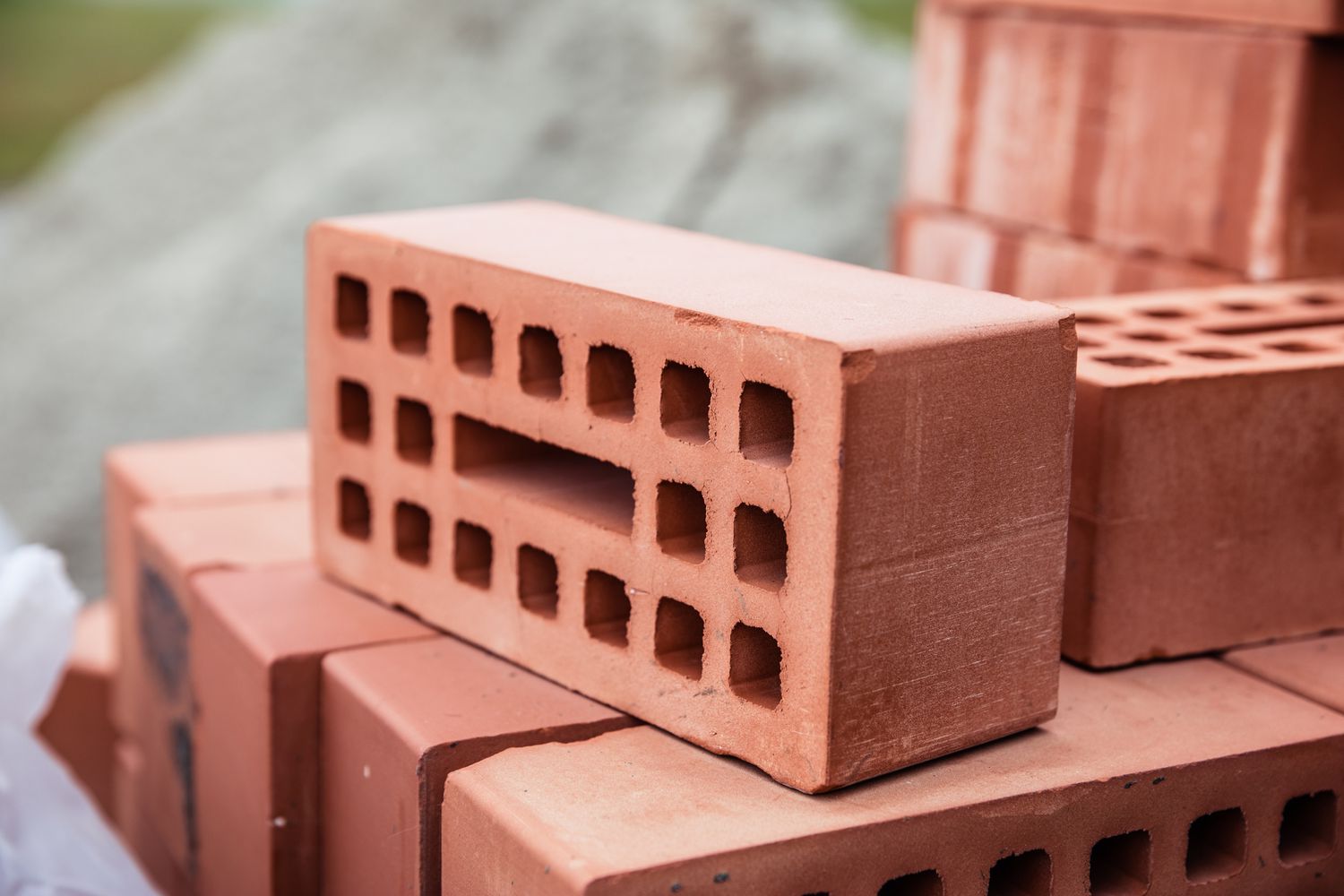
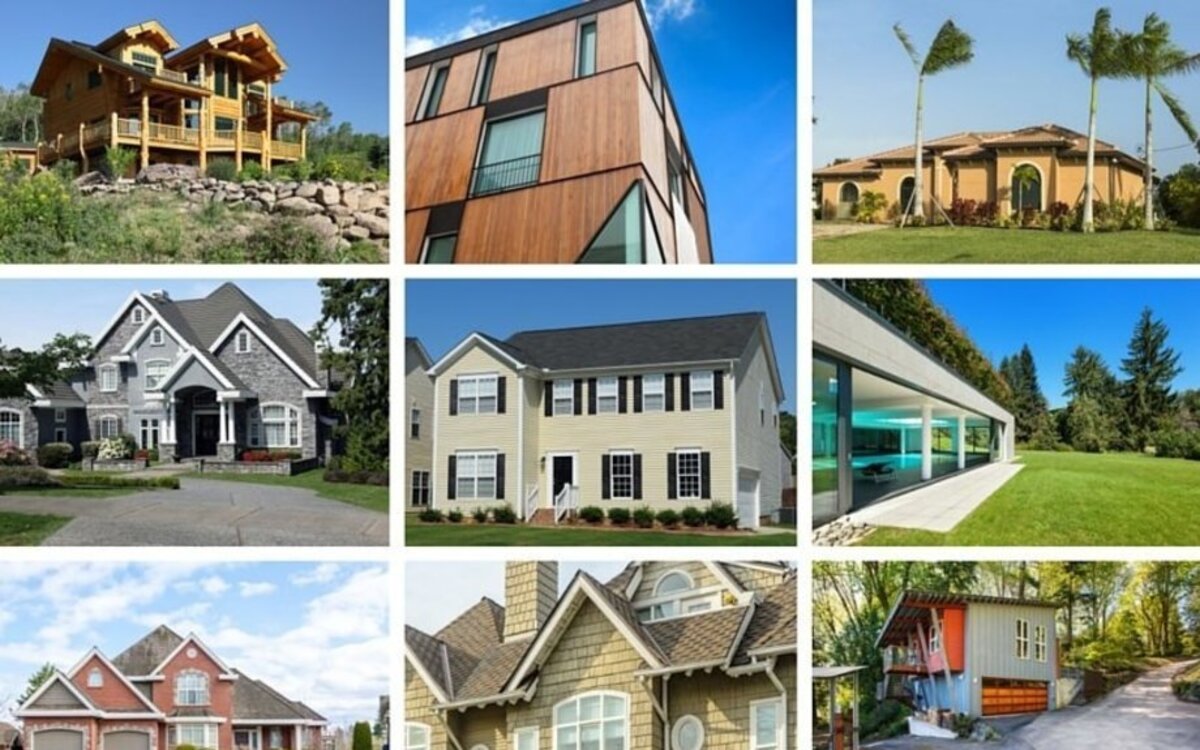
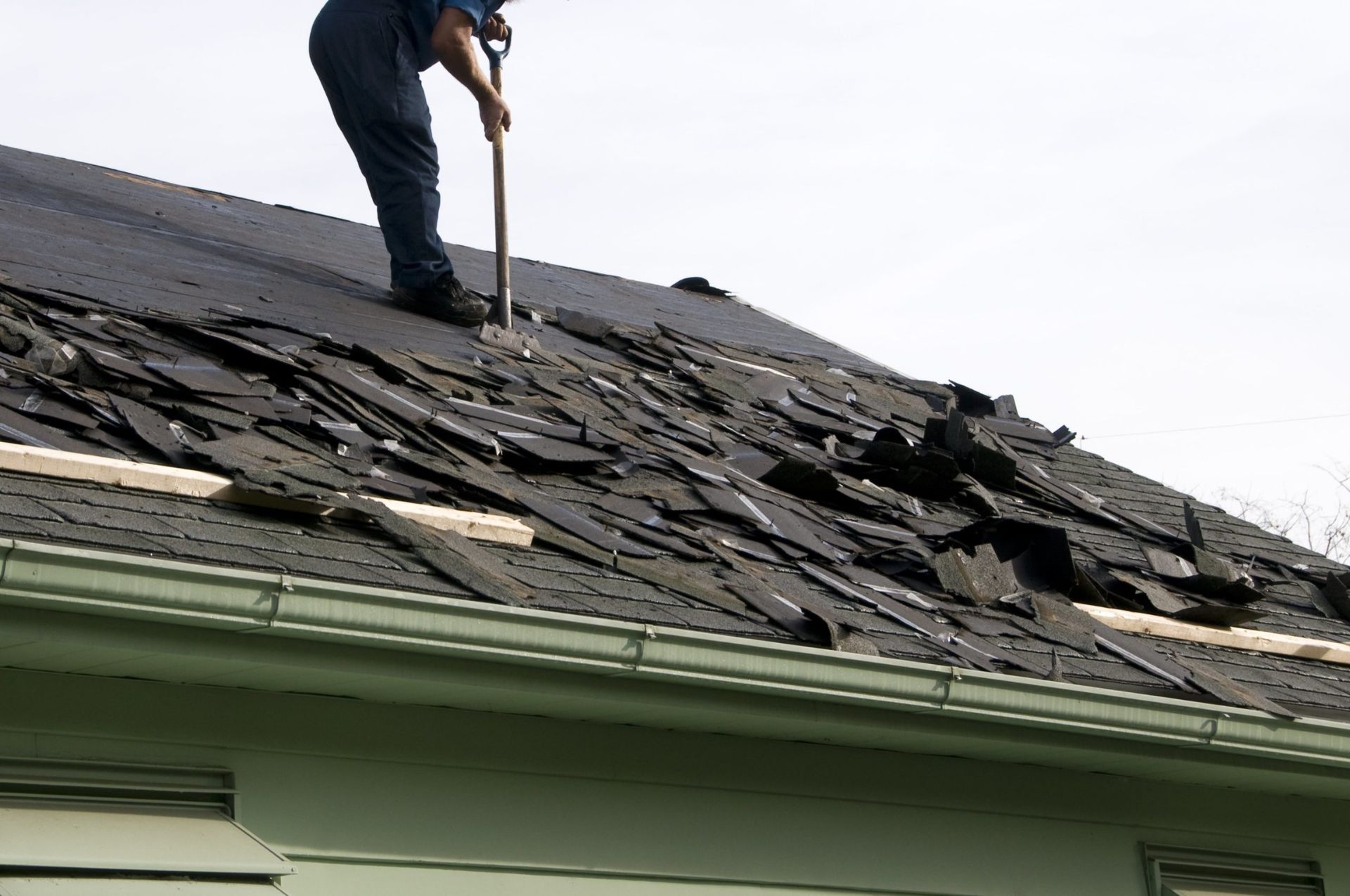
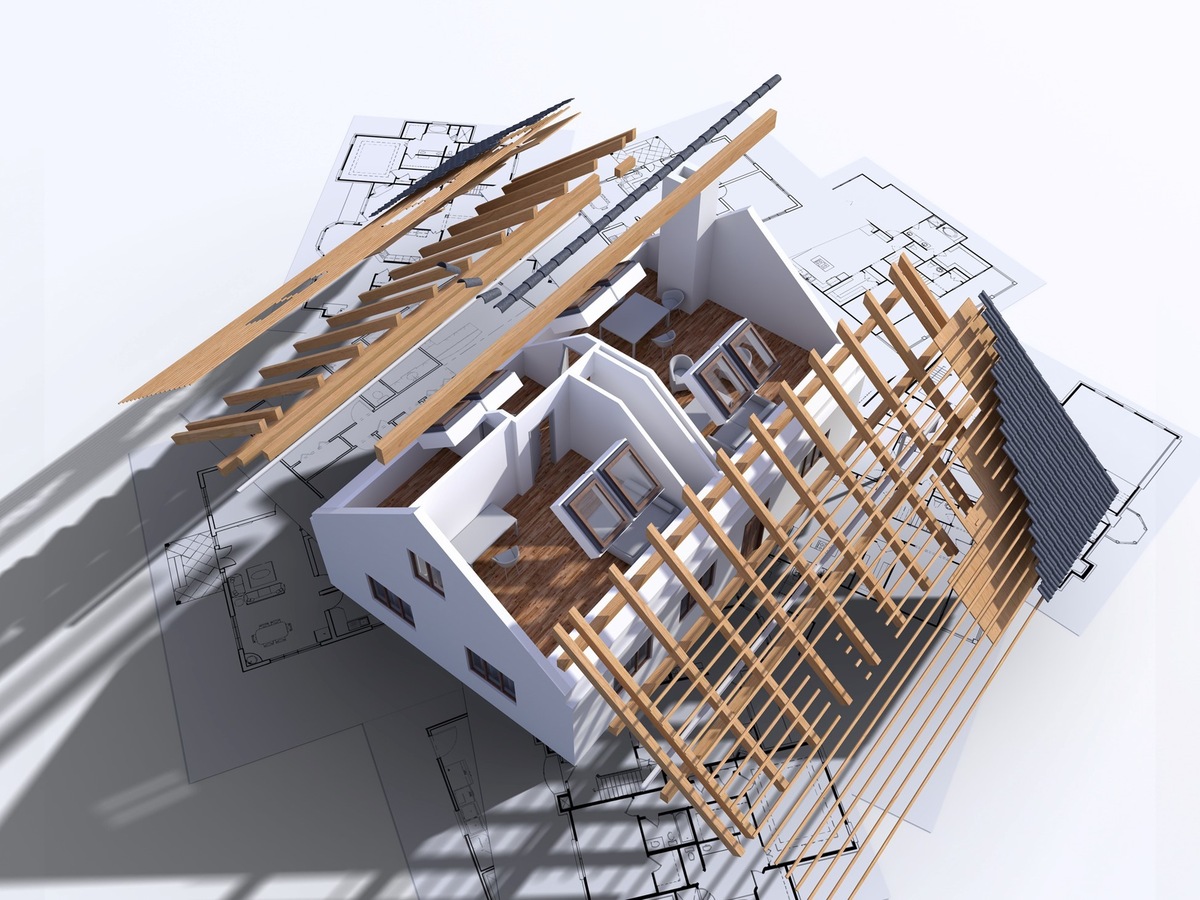
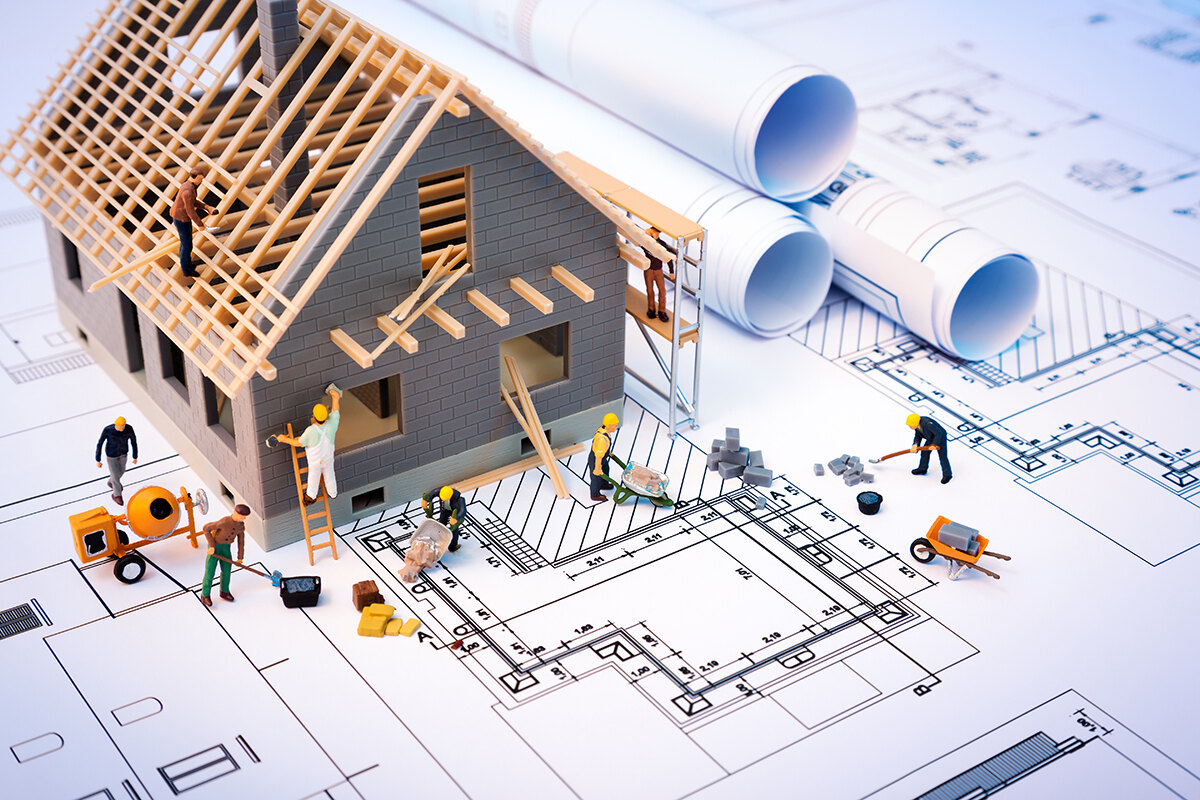
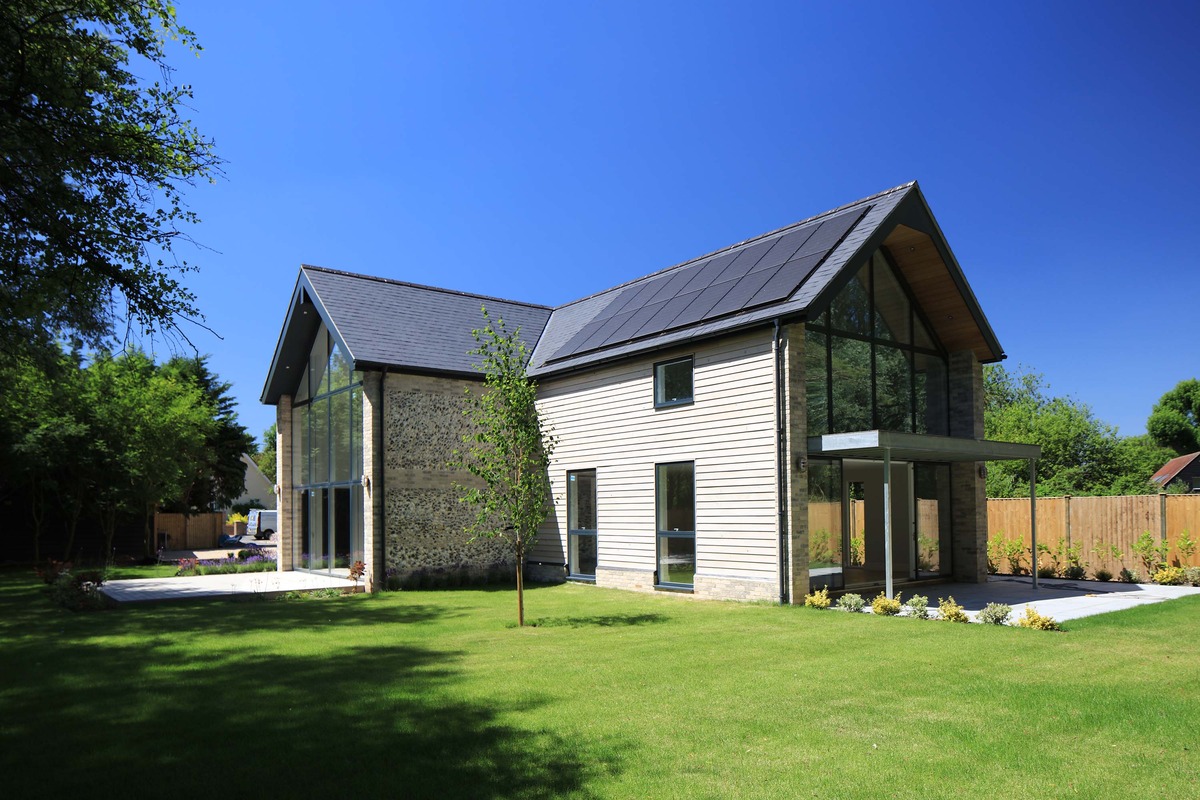
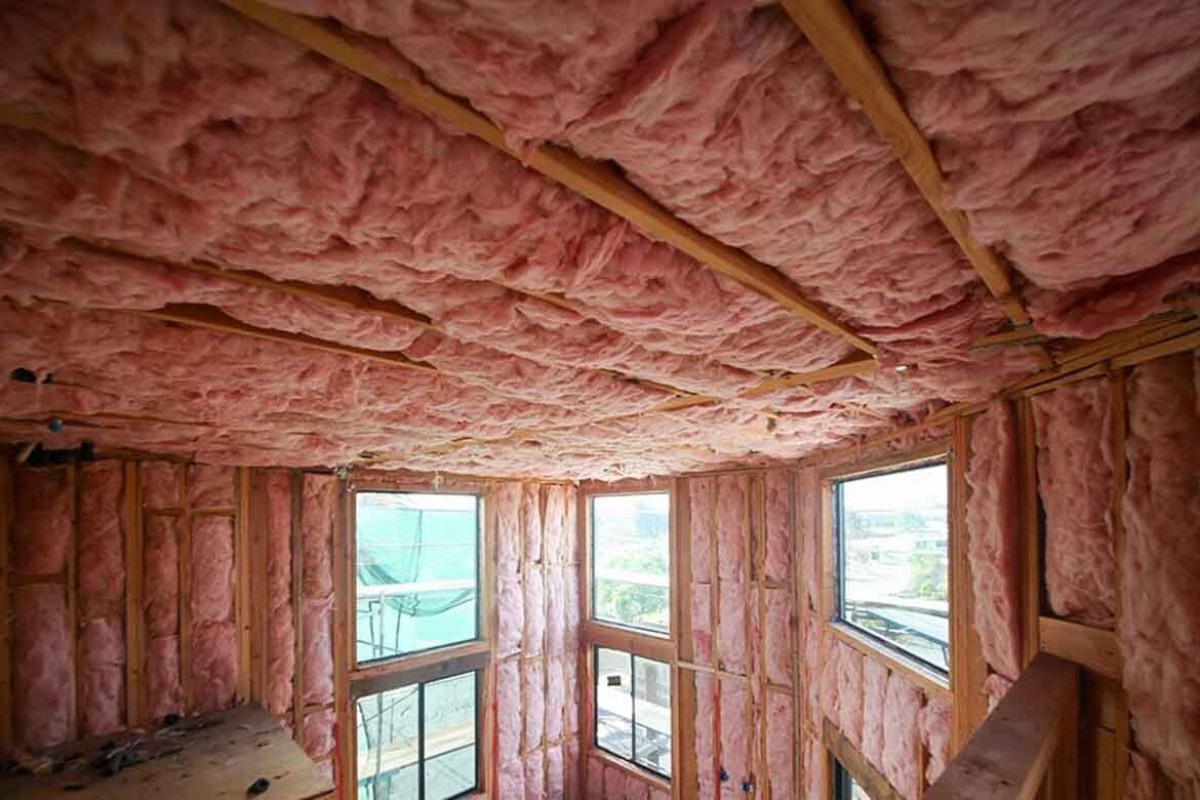

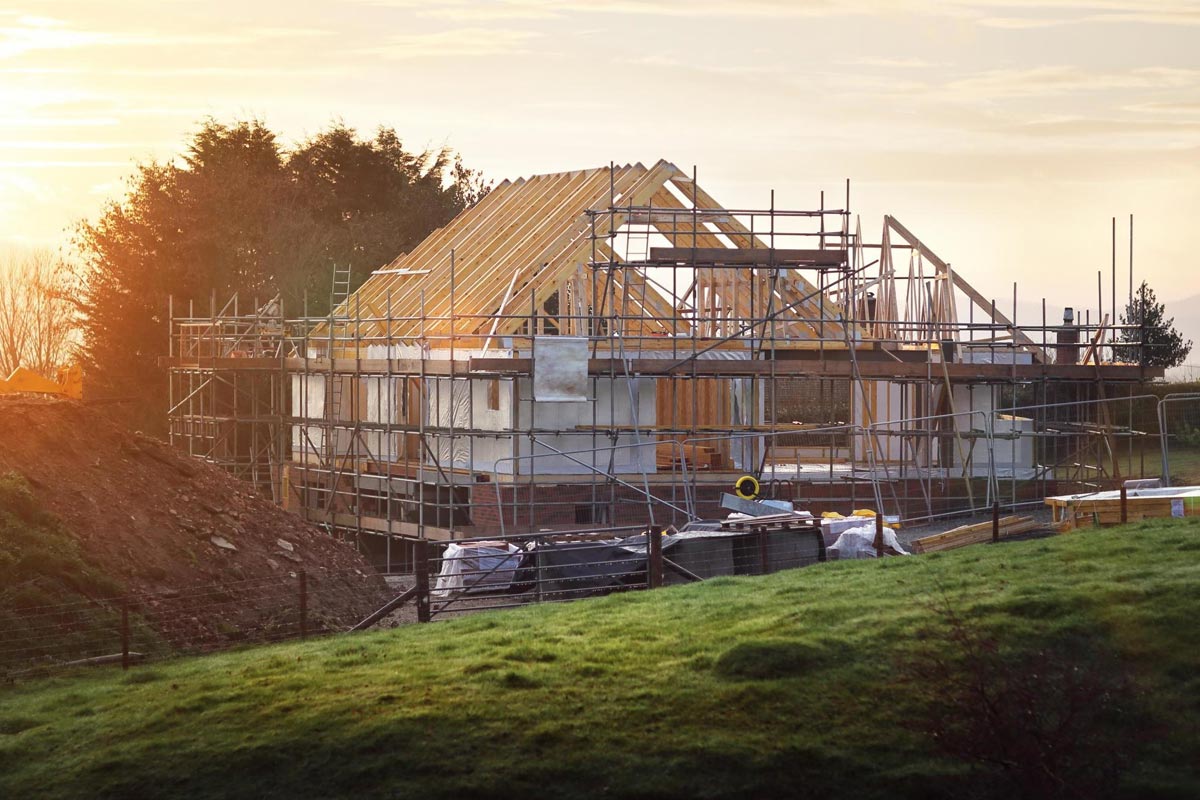
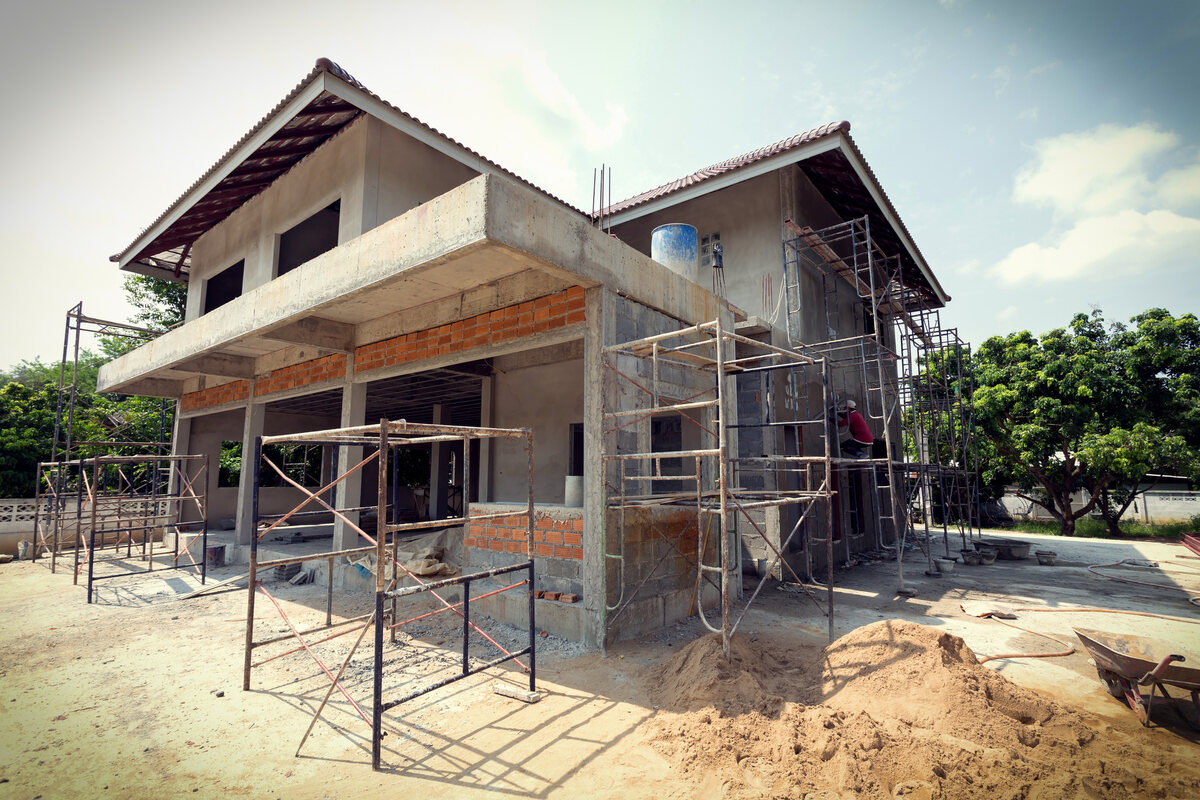
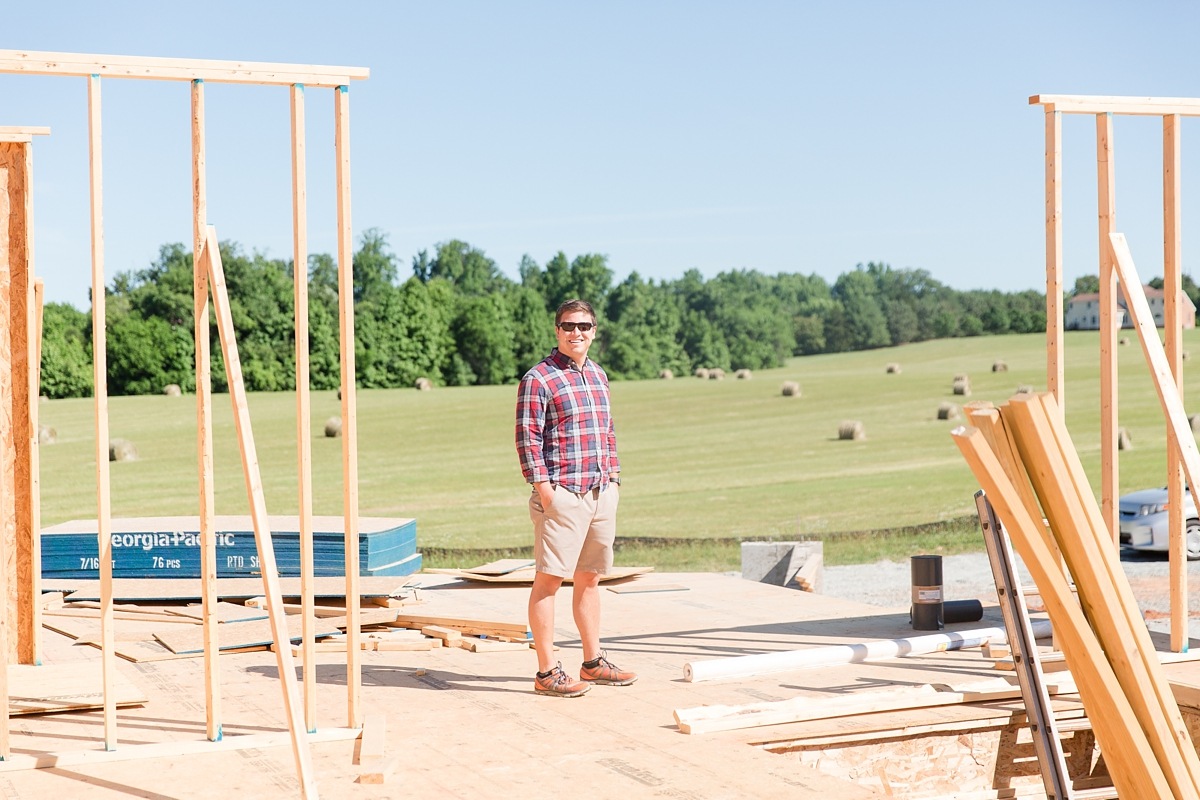
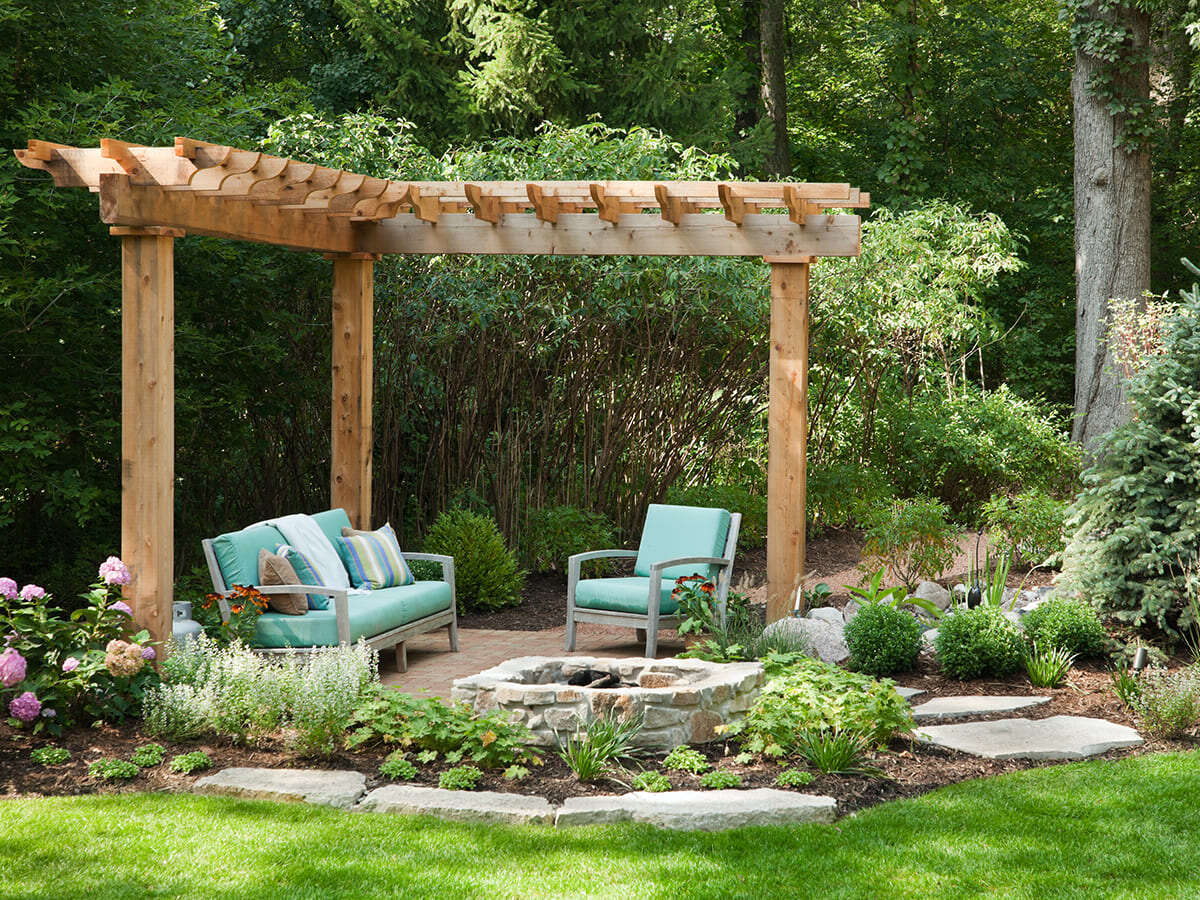
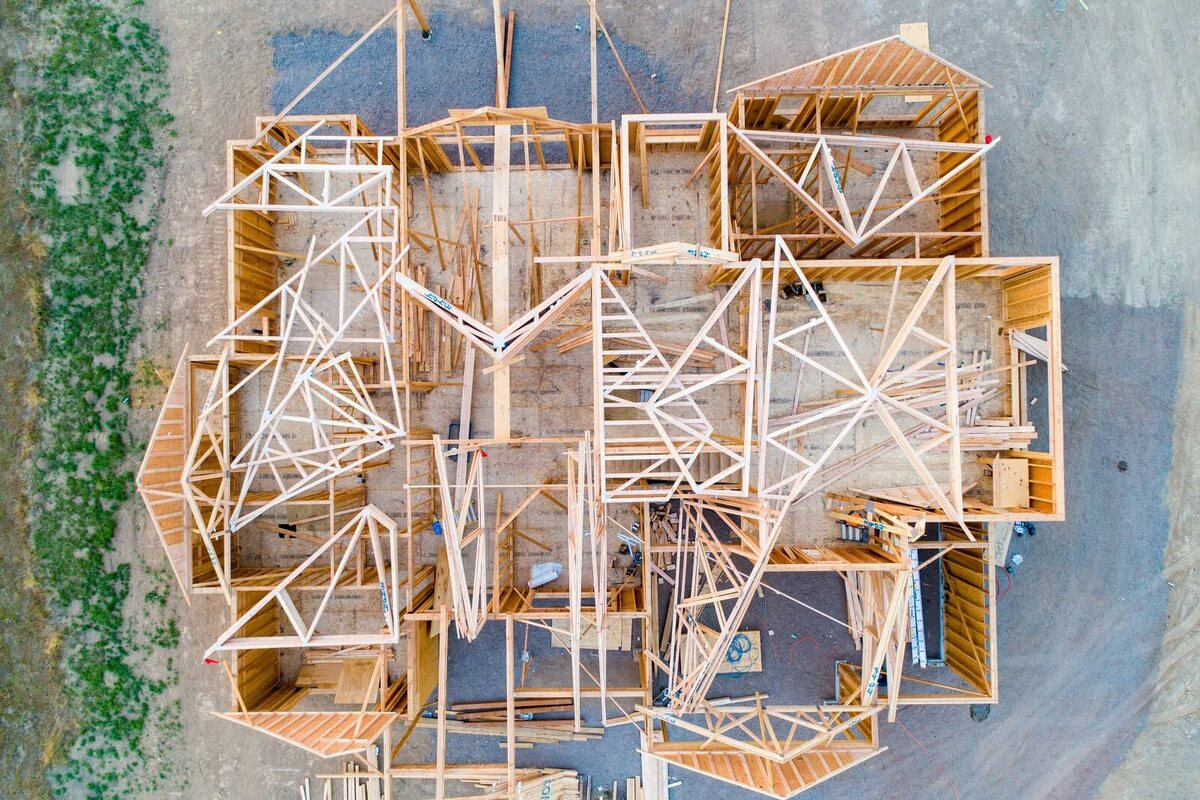
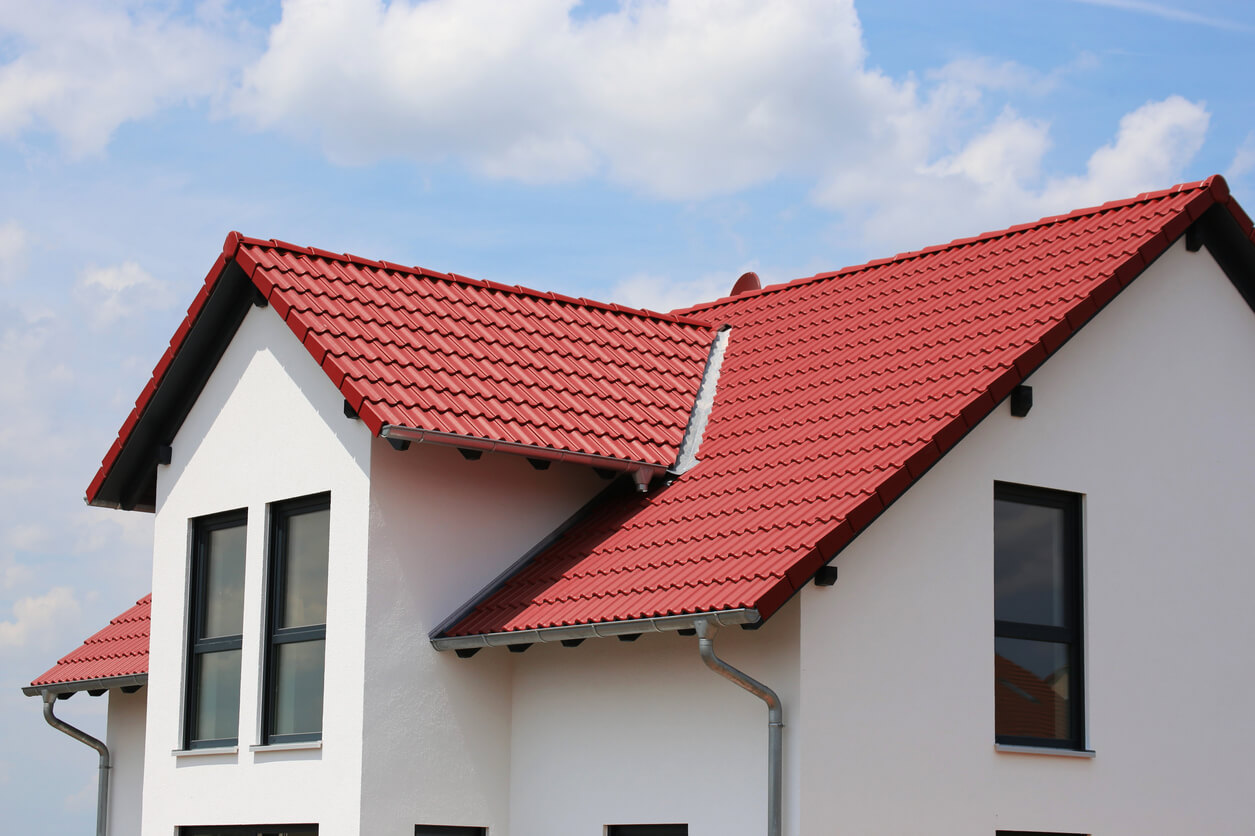

0 thoughts on “What Is The Best Material To Use If Building A House Near A Volcano”